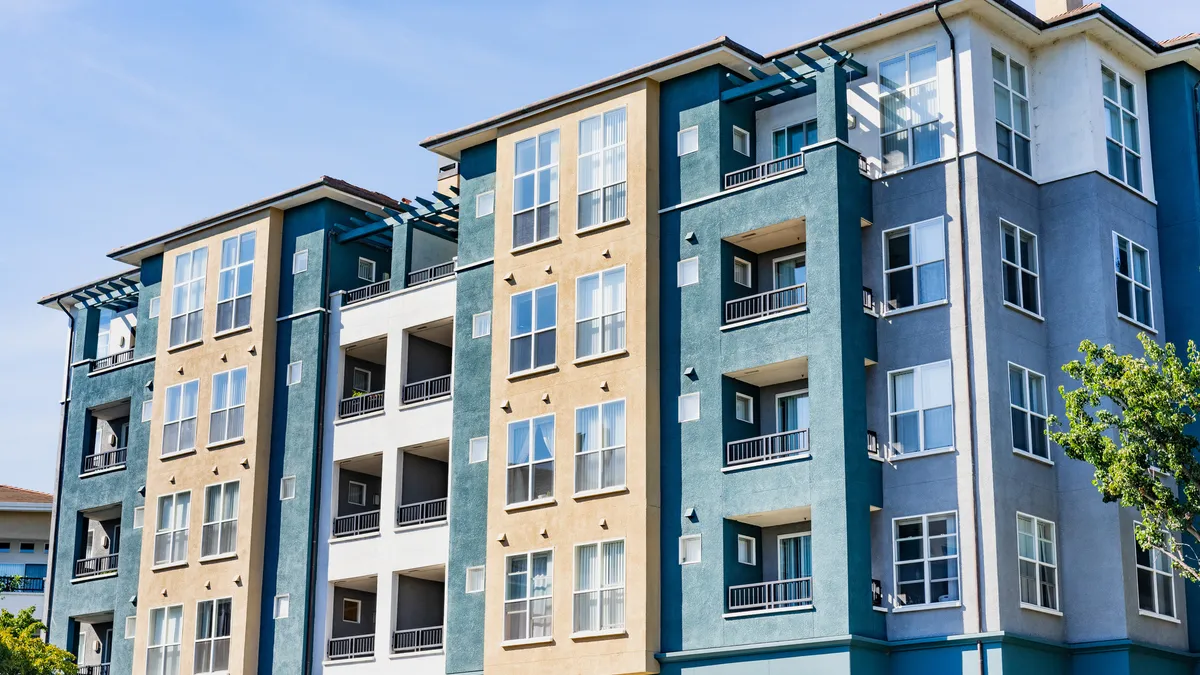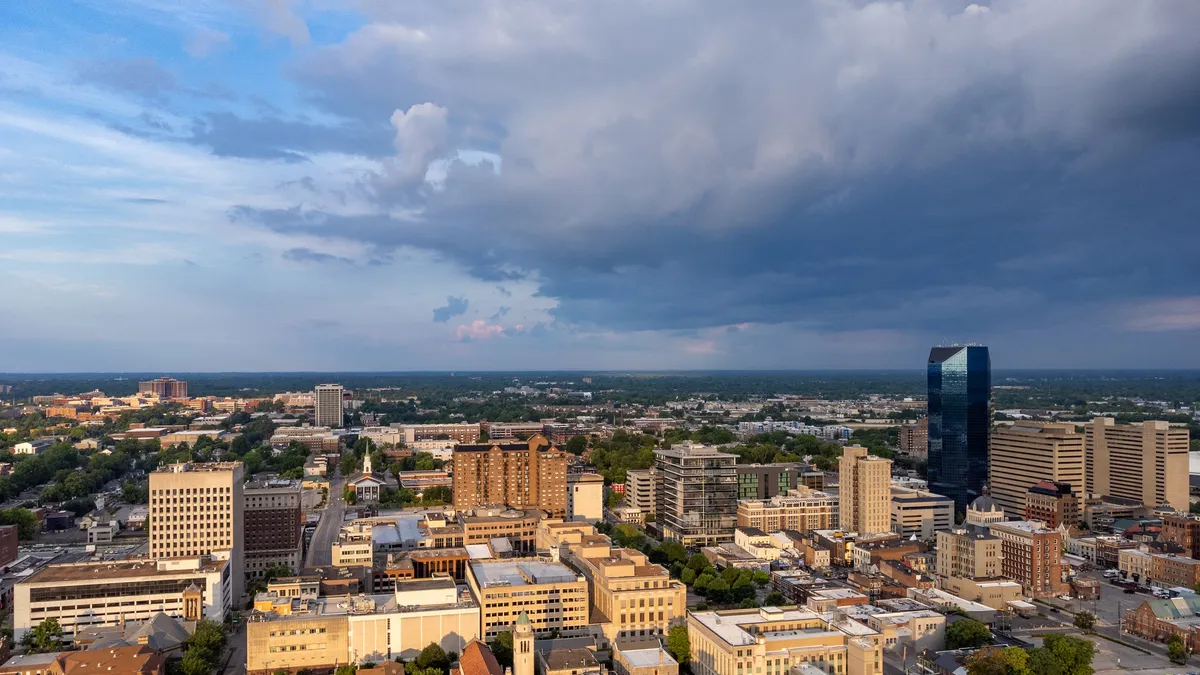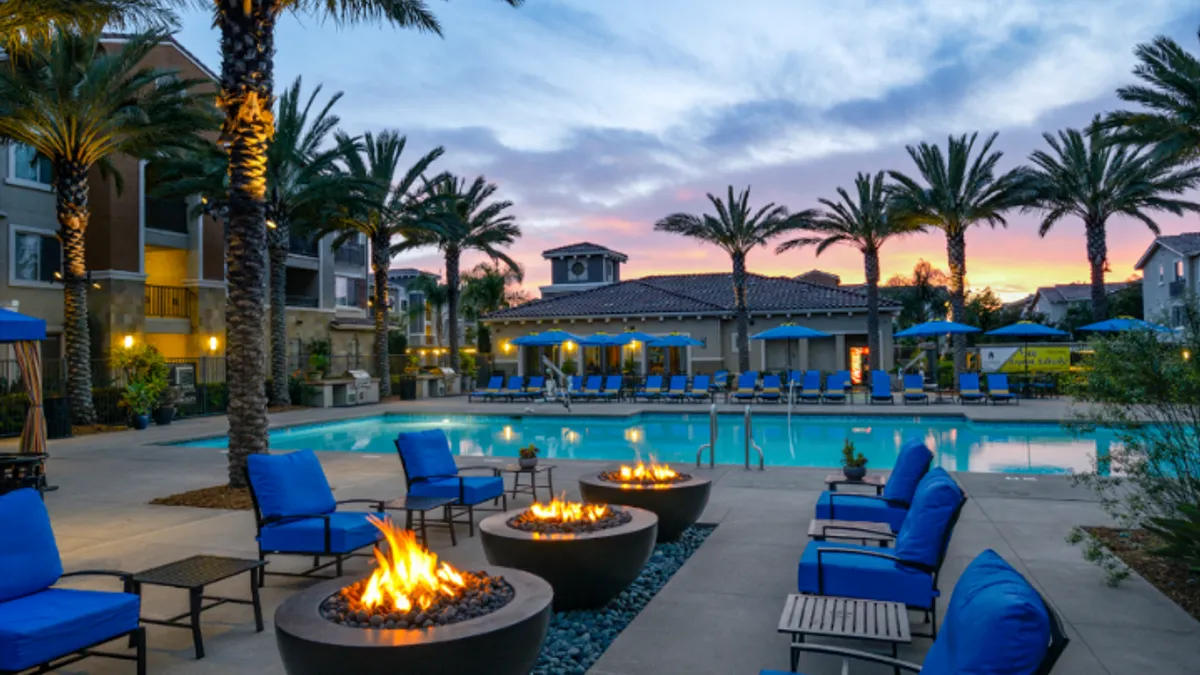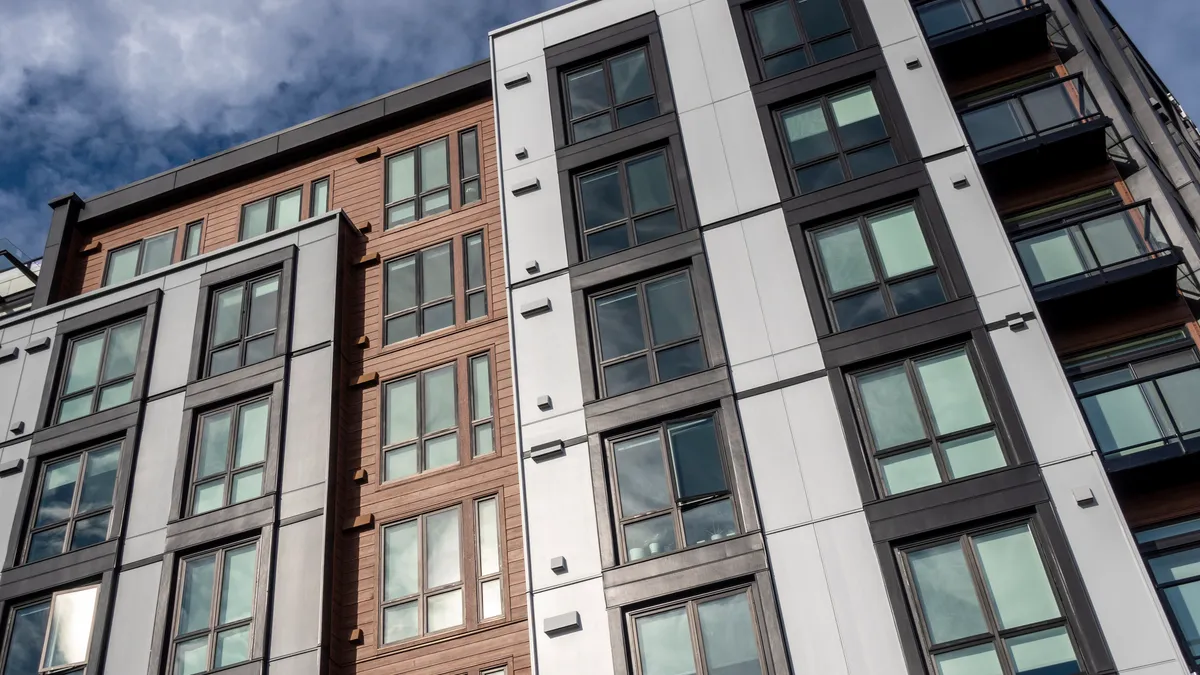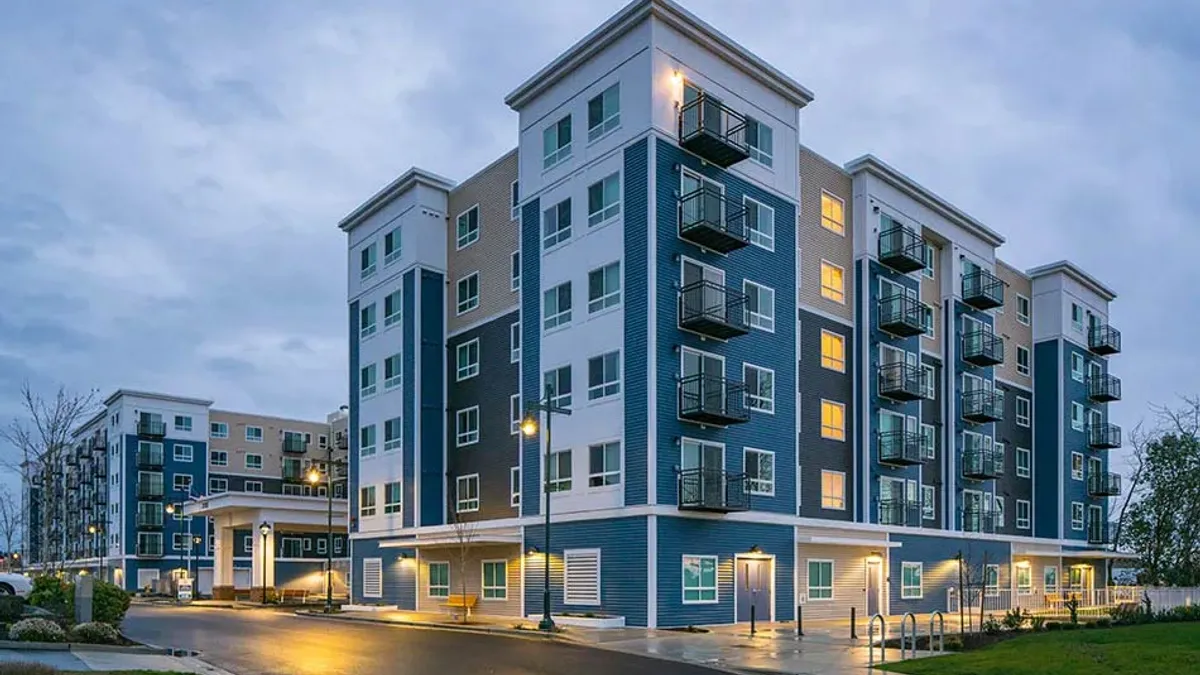Madison, Wisconsin-based Donald Bernards is a partner in the real estate group with Baker Tilly US. He has been active in many aspects of affordable and multifamily housing since 1999.
Opinions are the author’s own.
The Green and Resilient Retrofit program created by last year’s Inflation Reduction Act is designed to improve the health, safety and comfort of some of the country’s most vulnerable populations by reducing greenhouse gas emissions, improving utility efficiencies, increasing renewable energy generation and moving toward green and healthy housing.
It provides $837.5 million in federal grants and up to $4 billion in loans to make low-income, multifamily housing more energy-efficient, water-efficient and resilient to the impacts of climate change.

The program is powerful because it levels the playing field in its application process, allowing different types of multifamily HUD-assisted developers to apply to one of the categories. Eligible developers range from smaller “mom and pop” owners to larger, more sophisticated developers with multiple properties that have advanced green certifications.
As a bonus to developers, the GRRP can be added to other IRA credits.
From my perspective, I’ve seen significant interest from housing authorities that haven’t done renovations in the last 30 tp 40 years, among other owners of HUD-assisted projects with Project-Based Rental Assistance contracts.
The time is now for multifamily developers and owners to apply for the GRRP’s direct loans and grants. Eligible owners include those who receive HUD rental assistance under these programs:
- Multifamily Section 8 project-based rental assistance.
- Section 202 Supportive Housing for Low-Income Elderly.
- Section 811 Supportive Housing for Low-Income Persons with Disabilities.
The awards are categorized into three cohorts:
Element Awards are for properties that are materially advanced in a recapitalization transaction that includes targeted utility efficiency, carbon emissions, reduction, renewable energy and/or climate resilience measures. HUD expects to make approximately 200 awards available with $140 million in funding. This could be funding of up to $40,000 per unit, or $750,000 per property.
An example of an Element Award applicant is a HUD project rental outside of Madison, Wisconsin, that is interested in adding solar panels and a few other energy-saving components to a building with 92 units. A project like this might be eligible for the full $750,000.
Leading Edge Awards are for properties with a significant capacity to execute a rehabilitation that will achieve an advanced green certification. HUD expects to make approximately 100 awards available with $400 million in funding. This could be funding up to $60,000 per unit, or $10 million per property. Leading Edge applicants have plans for advanced green certifications and are developers with a strong track record completing other green projects. As such, leading Edge awards have different scoring criteria to reflect more sophisticated projects.
Comprehensive Awards are for a range of properties, including those just beginning to think about a recapitalization plan where the property owner is interested in improving the utility efficiency and properties’ resiliency to climate hazards. HUD expects to make approximately 300 awards available with $1.47 billion in funding. This represents funding of up to $80,000 per unit, or $20 million per property.
Comprehensive Awards are likely to appeal to developers on the East and West coasts with a strong interest in climate resilience. For example, a multifamily property in California that is addressing energy needs but is also at high risk for wildfire damage due to climate change may be interested in applying.
The application process
Because the criteria differ widely for each type of award, each has a separate notice of funding opportunity (NOFO). The application process is detailed and requires a high level of precision; the chances of rejection are higher if it’s not completed properly. More sophisticated award applications may require energy measurements, detailed due diligence reports and additional coordination of details.
Nevertheless, eligible multifamily developers should not be put off by the detailed application process. The clock is ticking, and time is of the essence. As explained in a May notice, the rolling application submission process (with unfunded applications) will be ranked for selection on three occasions in the next seven months, with selection months varying based on award categories.
The first round of Element Award applications, for example, was already due in June. To note, a developer’s chance of securing a grant or loan is significantly increased if they apply now because, in addition to the rolling deadlines, there are caps on the number of awards given out.
With GRRP, owners who receive HUD assistance now have another source (on top of the other IRA credits) to help fund much-needed upgrades, and the initiatives will reduce energy and water use in HUD-assisted properties, make HUD-assisted multifamily properties more resilient to extreme weather events and natural disasters and reduce greenhouse gas emissions from these properties. This, in turn, benefits tenants by reducing utility bills and improving residents’ quality of life. In my opinion, GRRP is a win-win opportunity for everyone.






